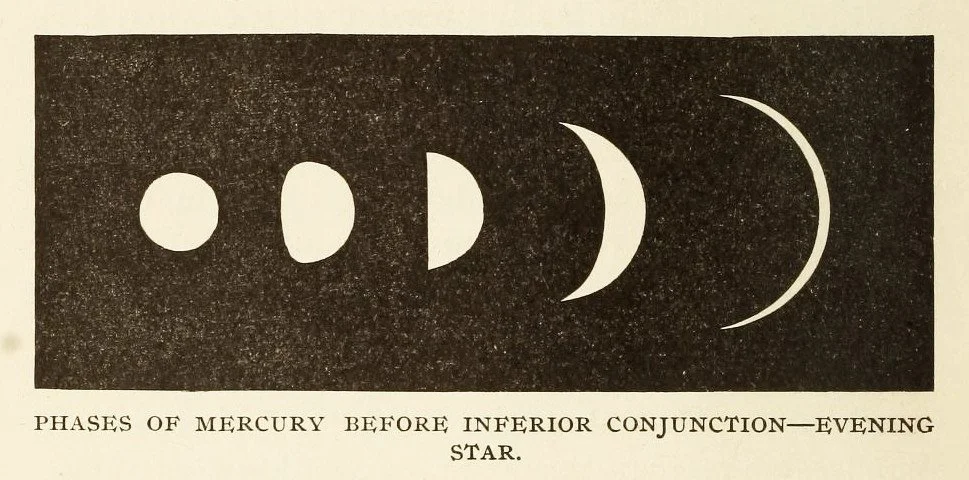Back in 2014, I was scouted to write for a new health & wellness website launched by Turner Broadcasting (the former owner of CNN). It’s hard to imagine in today’s media landscape being recruited as a writer, but a decade ago, it was still possible. Sadly, my story never ran, but here we are more 10 years later and it is still a relevant topic for spring.
In the immortal words of Miranda Priestly: “Florals? For Spring? Groundbreaking.” But I’m talking about how to use them in the kitchen, so let’s get into it.
The only thing more exciting than warmer spring temperatures are the blossoms and flowers bringing more color to our lawns, gardens, and yes, plates. The perfect edible flower can decorate an already delicious meal or boost it with extra vitamins.
“Flowers contain lots of micro-nutrients that we may not get in our diet otherwise,” said Lauri Newman-Waters, owner of Farm Girl Garden Craft, a garden design company and fresh flower farm, in Asheville, N.C. “Petals often contain vitamins, minerals and antioxidants.”
Additionally, pollen can be a rich source of protein and help with seasonal allergies, she said.
If you’re looking to add more botanicals to your meals, try these five amazing varieties.
Nasturtium
This classic edible comes in vibrant reds, oranges and purples. It grows in all climates and adds a burst of dramatic, deep color to any dish.
You can eat the leaf and the flower, according to Miche Baker, author of Cooking with Flowers. It belongs to the watercress and mustard family of greens so it offers a peppery spicy flavor, she added.
“You can stick it in a salad or if you want to go outside the box you can make nasturtium goat cheese ice cream,” Baker said. “I’m not a sweets eater, but I can eat the whole pint when I make it.”
Pickled nasturtium buds also make a great substitute for capers, according to Newman-Waters who also said that this flower is high in vitamin C, iron and antioxidants.
Lilac
Many people associate Mother’s day with this purple beauty, as it tends to bloom this time of year. While lilacs are edible, know that a little goes a long way in dish.
“In high doses, they can turn a dish very bitter,” Baker said. “If you add too much, your meal can taste like your grandmother’s perfume.”
For a botanically sweet treat, she makes a lilac pastry cream to top cupcakes or fill home-baked donuts. The taste is on the lemony side, according to Newman-Waters.
Hibiscus
This fresh flower is a little more exotic, growing in more tropical places, but the dried version is available almost anywhere. Hibiscus has a tart flavor and helps rev up your metabolism, according to Baker.
One study found that regularly drinking tea made from this flower helped lower blood pressure. Baker adds the candied version to water or champagne and uses the fresh flower to create a simple syrup that adds kick to any cocktail. She also mixes the flower with fresh blackberries to make chutney, which goes great with pork, steak or a cheese plate.
Pansy
Pansies are small, delicate flowers that appear in early spring and also grow quite easily throughout the country. They have many culinary uses from lollipops or candied treats to salads. Baker said that pansies offer a wintergreen, minty flavor. Remember, not all flowers are edible so if you don’t know for sure, don’t eat them. And certainly avoid eating flowers that grow close to the road or that have been sprayed with pesticides.
Daylily
Daylilies offer a rainbow of colors to any yard, but you typically don’t think about eating them. They taste like a mild asparagus, according to Baker, who says you can stuff them with tuna salad or goat cheese. You can also collect the pods before the flower opens and roast them in pan with olive oil, salt and pepper.
Petal Plates
Edible flowers are breaking out of their garnish role and adding extra nutrients and unique flavors to sweet or savory dishes.
“When I think of flowers, I think of using them as you would an herb or spice,” Baker said. “They are not the main event, but they do lend flavor, color and texture to any meal.”

